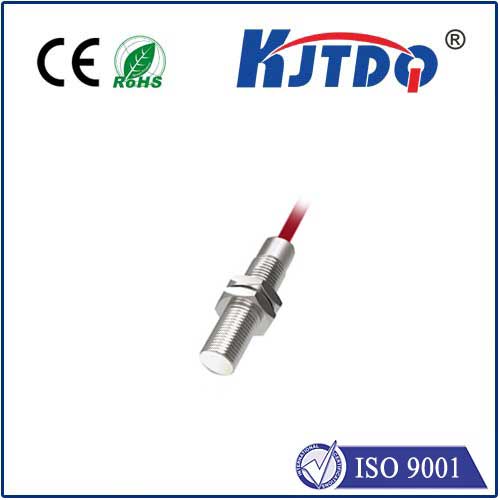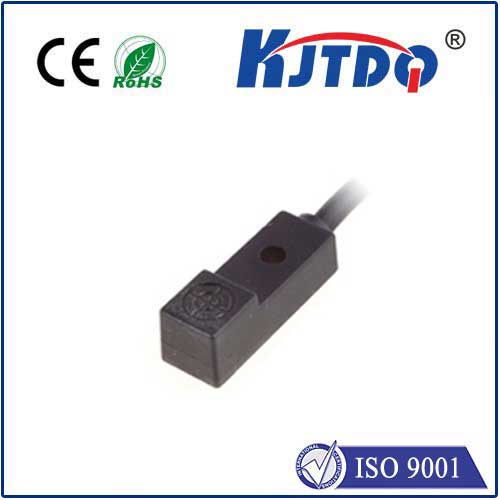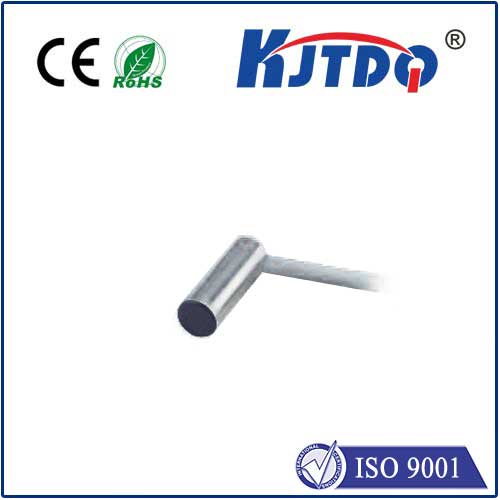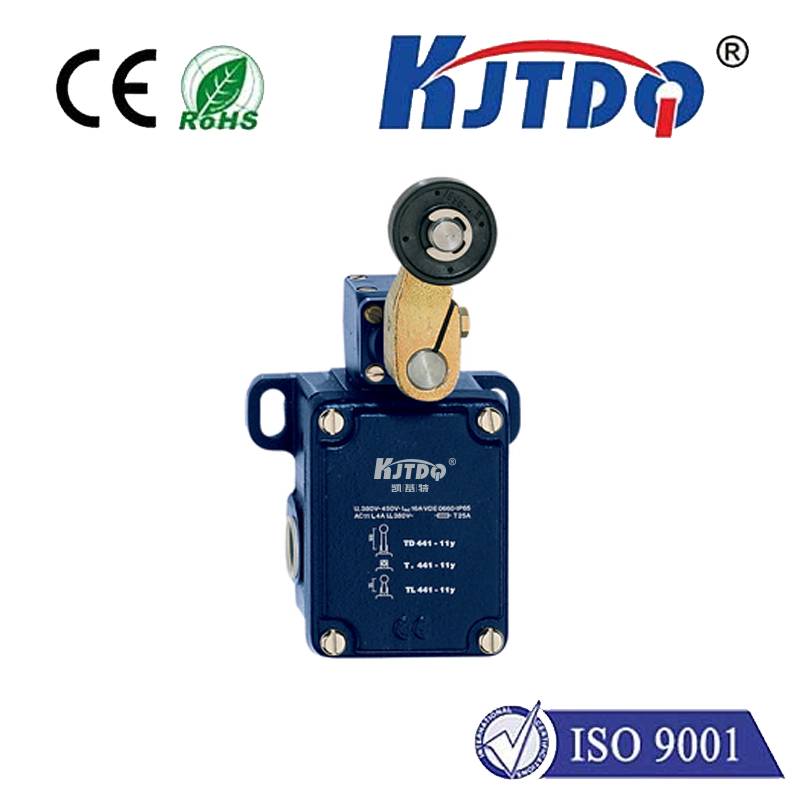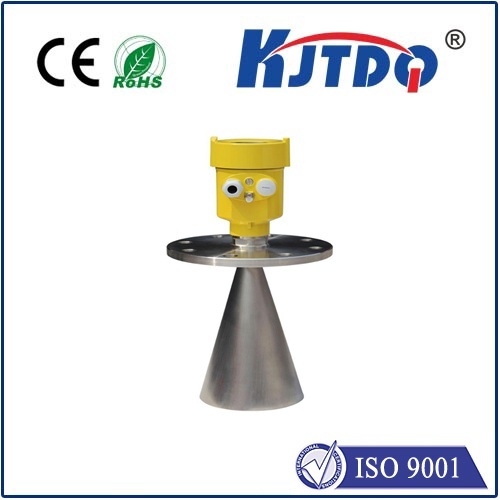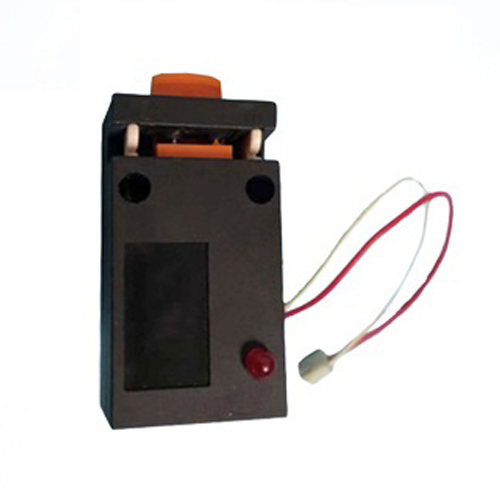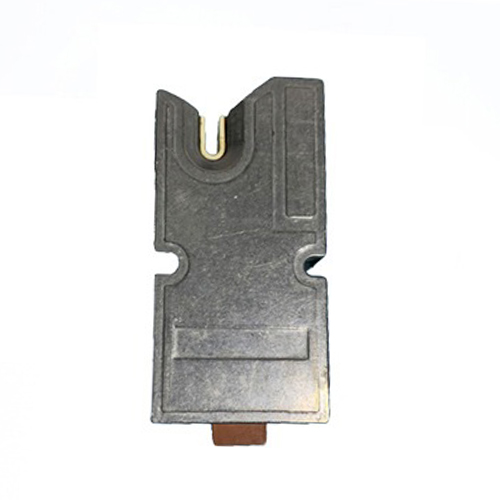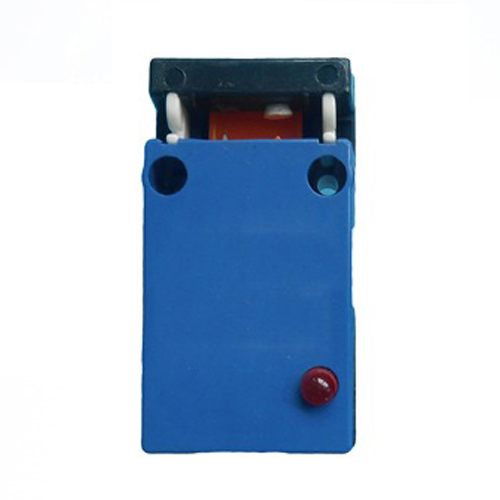

check

check

check

check

check

check

check

check

check

check
Title: CPI Laser Receiver: Revolutionizing the Future of Wireless Communication
As technology continues to advance at an unprecedented pace, the world of wireless communication is also undergoing significant changes. One such innovation that has taken the industry by storm is the CPI laser receiver. This cutting-edge device has opened up new possibilities for both businesses and consumers, paving the way for a more interconnected and efficient future. In this article, we will explore the capabilities and potential applications of the CPI laser receiver, shedding light on its revolutionary nature.
First and foremost, it's essential to understand what exactly a CPI laser receiver is. Put simply, it's a device designed to receive signals transmitted through a channel using a coherent pulsed interferometry (CPI) technique. This technique relies on a laser to modulate the signal frequency, allowing it to be received with high accuracy and reliability. The CPI laser receiver is typically used in wireless communication systems, such as cellular networks, satellite communications, and wireless sensor networks. By utilizing this advanced technology, these systems can achieve much higher data rates and lower latency than traditional methods.

One of the most significant advantages of the CPI laser receiver is its ability to transmit and receive signals over long distances. This feature makes it an ideal solution for applications that require high bandwidth and low power consumption, such as wireless IoT devices and remote sensing systems. Additionally, the use of lasers in the receiver allows for greater flexibility in terms of signal encoding and decoding methods, enabling developers to tailor the system to specific requirements.
Another key advantage of the CPI laser receiver is its robustness to interference and noise. Traditional wireless communication systems are often vulnerable to interference from other sources, such as electromagnetic fields or weather conditions. However, the CPI laser receiver uses a unique approach to signal detection that minimizes these effects, ensuring reliable transmission even in challenging environments. Furthermore, the use of lasers in the receiver means that noise can be effectively subtracted from the signal before processing, further improving overall performance.
Given these impressive capabilities, it's easy to see why the CPI laser receiver is rapidly gaining popularity in various industries. In the telecommunications sector, it offers a viable alternative to traditional radio频率 (RF) technologies, particularly in areas where RF signals cannot be transmitted efficiently due to distance or environmental factors. In the IoT market, the ability of CPI laser receivers to operate over long distances and provide high data rates makes them an attractive choice for connected home devices and smart city applications. And in the field of remote sensing, their robustness and flexibility make them well-suited for applications such as environmental monitoring and wildlife tracking.
Of course, with any new technology comes challenges and considerations for implementation and adoption. For example, there may be concerns around costs and availability of components necessary for building a CPI laser receiver system. Additionally, there may be regulatory hurdles to overcome when implementing the technology in certain regions or industries. However, these challenges can likely be overcome with increased research and development efforts, as well as strategic partnerships between companies and governments.
In conclusion, the CPI laser receiver represents a significant step forward in the evolution of wireless communication technology. Its ability to transmit and receive signals over long distances, minimize interference and noise, and offer increased flexibility and efficiency make it an ideal solution for a wide range of applications. As we move towards a more connected world, it's clear that the CPI laser receiver will play an increasingly important role in shaping our telecommunications landscape.
